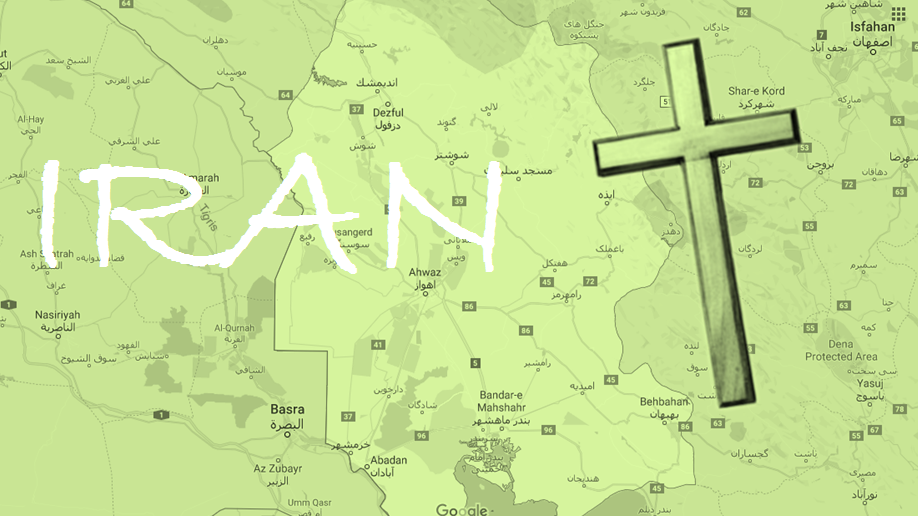Survey Finds Increasing Religious Diversity in Iran Despite Persecution

According to a recent poll conducted by a European research organization, the Iranian regime’s policy of discrimination and, in some cases, persecution of non-Shia Muslim groups may be having the effect of driving Iranians to other religions. It seems that the spiritual gap between Iran’s Shia ayatollahs and the people they rule is growing as increasing numbers of Iranians are leaving religion or experimenting with alternatives to Shiism. Christians, Baha’is, and Zoroastrians in the country have all reported soaring interest and leaders of other forms of Islam speak of popular revivals and “loyalty changes” as Iranians turn to other religions because they no longer find satisfaction in the official faith.
Official numbers from the Iranian government indicate that 99.5% of the 82 million people in the country are Muslim, but the numbers are not reliable. A poll of over 50,000 Iranians conducted by a Dutch research group, the Group for Analyzing and Measuring Attitudes in Iran (GAMAAN), found the country in religious flux. About half of the respondents said they had lost or changed their religion, with only about a third (33.2 percent) identifying as Shia. Moreover, 22.2 percent identified as having no religion at all. There was also a significant portion of the population identifying as Zoroastrian (7.7 percent), Sunni (5.0 percent), and Christian (1.5 percent). While this is a relatively small sample size, if these numbers are even close to correct, Iran is much more diverse than its official census shows. This is good news for human rights and religious freedoms, especially for the Sufis, adherents to a mystical form of Islam, who have been targets of harassment and arbitrary arrests by the Iranian regime.
These numbers indicate an Iran swinging toward secularization, or the idea that the government should not be tied to any particular religion. 68 percent of those surveyed believed that religious prescriptions should be excluded from state legislation, while 71 percent believed that religious institutions, irrespective of their faith, should not receive government support. Furthermore, 41 percent of those surveyed thought that all religions should have right to public proselytizing as opposed to 4 percent believing that such a right should only be reserved to Muslims. However, 43 percent thought that public proselytizing should be banned for all religions. These numbers must be interpreted carefully, but as access to the Iranian public becomes easier with widespread Internet access and the increasing number of Iranians on social media, studies such as these in coming months and years may provide a better picture as to the religious situation within the country. That such large numbers of Iranians (based on the GAMAAN survey) believe that the country would do better without the effects of a religious government, presents a hopeful picture for unrecognized religious minorities, who have long lived under the oppression of the Shia government. A secular government would, almost certainly, be more likely to recognize the freedom of other religions to exist alongside Shia Islam or would, at the very least, be more disinterested in persecuting religious minorities within the country.
